Genetics and Analysis of Quantitative Traits
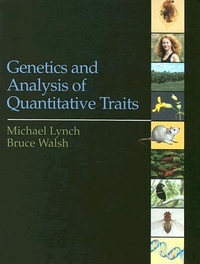
Summary
With the emerging recognition that the expression of most characters is influenced by multiple genes and multiple environmental factors, quantitative genetics has become the central paradigm for the analysis of phenotypic variation and evolution.
Genetics and Analysis of Quantitative Traits brings together the diverse array of theoretical and empirical applications of quantitative genetics under one cover, in a way that is both comprehensive and accessible to anyone with a rudimentary understanding of statistics and genetics. What was originally envisioned as a single text has now become two, with the focus of this first book being on the basic biology and methods of analysis of quantitative characters.
Three major features of Genetics and Analysis of Quantitative Traits distinguish it from earlier work. First, it reflects the explosive influx over the past few years of quantitative-genetic thinking into evolutionary biology. Second, in animal breeding, enormous strides have been made in the development of new techniques for estimating breeding values (for the purposes of identifying elite individuals in selection programs) and for estimating variance components from samples of complex pedigrees. In this text's last two chapters, the authors outline the basic principles of complex pedigree analysis, without getting bogged down in technical details. Third, Genetics and Analysis of Quantitative Traits provides a broad overview of the newly emerging array of techniques for quantitative-trait loci (QTL) analysis, currently one of the most active fields of quantitative-genetic research.
Genetics and Analysis of Quantitative Traits contains numerous fully-worked examples and illustrations of theoretical concepts, as well as over 2,000 references with indices by subject, author, and organism. In addition, the authors maintain a World Wide Web site featuring up-to-date lists of computer programs and on-line resources, and added information on various topics presented in the text.
Similar Books
-
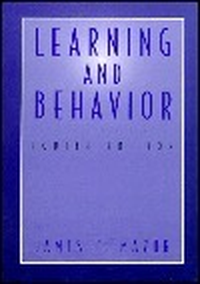 Learning and Behavior
Learning and Behaviorby James E. Mazur
-
 Lithic Debitage: Context, Form, Meaning
Lithic Debitage: Context, Form, Meaningby William Andrefsky Jr.
-
 Lithic Debitage
Lithic Debitageby William Andrefsky Jr.
-
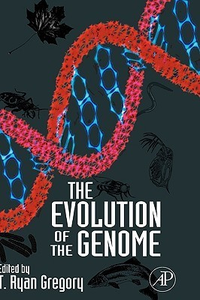 The Evolution of the Genome
The Evolution of the Genomeby T. Ryan Gregory
-
 New Genetics, New Identities
New Genetics, New Identitiesby Paul Anthony Atkinson
-
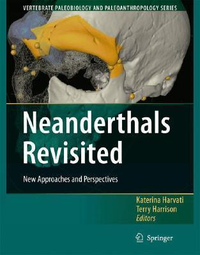 Neanderthals Revisited: New Approaches and Perspectives
Neanderthals Revisited: New Approaches and Perspectivesby Katerina Harvati
-
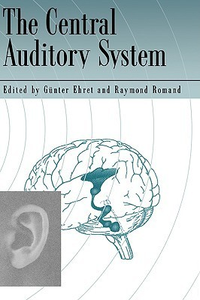 The Central Auditory System
The Central Auditory Systemby Gunter Ehret
-
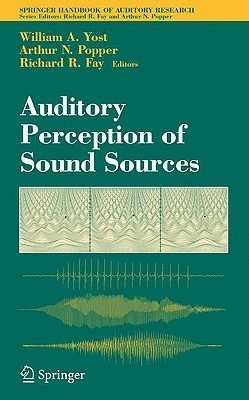
-
 Measuring the Mind: Speed, Control, and Age
Measuring the Mind: Speed, Control, and Ageby John Duncan
-
 Beam Effects, Surface Topography, and Depth Profiling in Surface Analysis
Beam Effects, Surface Topography, and Depth Profiling in Surface Analysisby Alvin Warren Czanderna
-
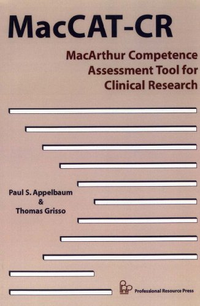 Macarthur Competence Assessment Tool for Clinical Research
Macarthur Competence Assessment Tool for Clinical Researchby Paul S. Appelbaum
-
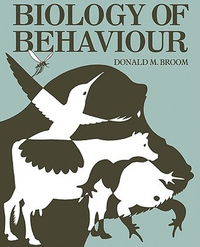 Biology of Behaviour: Mechanisms, functions and applications
Biology of Behaviour: Mechanisms, functions and applicationsby Donald M. Broom
-
 Measuring Movement and Locomotion: From Invertebrates to Humans
Measuring Movement and Locomotion: From Invertebrates to Humansby Klaus Peter Ossenkopp
-
 Advances in Neural Population Coding (Volume 130)
Advances in Neural Population Coding (Volume 130)by M.A.L. Nicolelis
-
 Instrumental Measurement of Sensory Quality Attributes in Food
Instrumental Measurement of Sensory Quality Attributes in Foodby Lester A. Wilson
-
 Signal Detection and Recognition by Human Observers
Signal Detection and Recognition by Human Observersby John A. Swets
-
 Developmental Psychobiology New Methods and Changing Concepts
Developmental Psychobiology New Methods and Changing Conceptsby Harry N. Shair
-
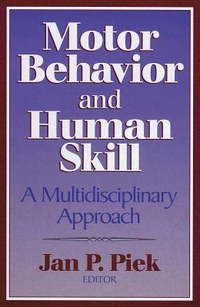 Motor Behavior and Human Skill: A Multidisciplinary Approach
Motor Behavior and Human Skill: A Multidisciplinary Approachby Jan P. Piek
-
 The Neurobiology of Behavior: An Introduction
The Neurobiology of Behavior: An Introductionby Gordon J. Mogenson
-
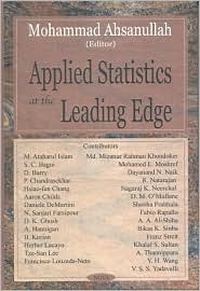 Applied Statistics at the Leading Edge
Applied Statistics at the Leading Edgeby Mohammad Ahsanullah
-
 Reliability of Radioactive Transfer Models
Reliability of Radioactive Transfer Modelsby G. Desmet